Complete list of Chunlan varieties
Last Update :2024.11.14
Article Catalog
Jiyuan: Selected by the Yilan family in Yuyao, Zhejiang in the early Xianfeng period of the Qing Dynasty. West Lake Plum: Selected by Gong Maoxing Flower Garden in the Hutong of Hangzhou Gunpowder Bureau during the Guangxu period of the Qing Dynasty. Tianxing Mei: Selected by the flower vendor surnamed Shen in the Yiyou year of Guangxu in the Qing Dynasty. Longan plum: selected by Zhu Xiangbao of Shaoxing. He Shenmei: elected at the beginning of the Republic of China. Tang Mei: In the early Republic of China, he was elected by the Tang family in Shaoxing.
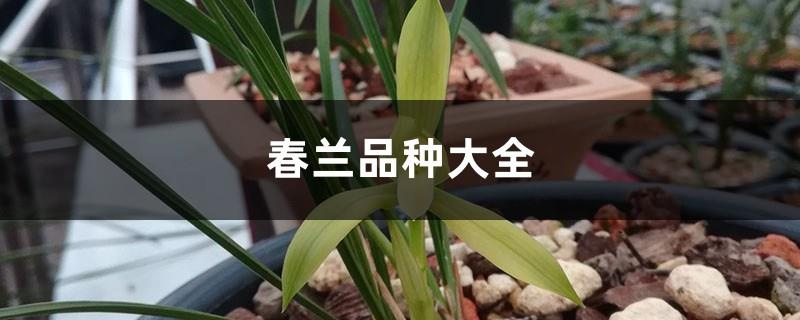
1.Jiyuan
Petal type: plum petal
History: Selected by the Yilan family in Yuyao, Zhejiang in the early Xianfeng period of the Qing Dynasty. Also known as Lao Shi Yuan.
Characteristics: The outer three petals are rounded at the root, so it is named Jiyuan. Sometimes the narcissus has plum-shaped petals, and the three petals are slightly longer and rounder. Five petals are divided into nests, with small bangs and tongues. The flower color is slightly yellow-green, with flat shoulders and thick petals. The flowers are dignified ; stiff and have a long flowering period. The old leaves are obliquely vertical, with blunt leaf tips, deep veins, thick leaf texture, and low leg shells. The bract leaves are green with reddish color. This kind of plant is strong, easy to produce flowers and reproduces quickly, so it is one of the most widely spread varieties of spring orchids. It is one of the four famous species of Chunlan.
2.West Lake Plum
Petal type: Plum petal
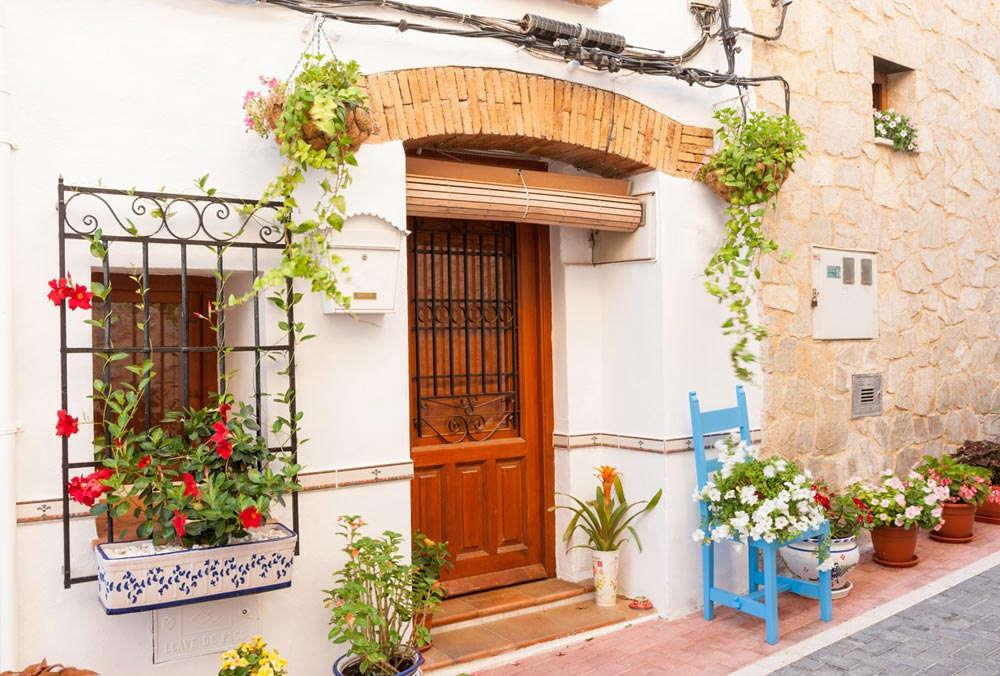
History: During the Guangxu period of the Qing Dynasty, it was selected by Gong Maoxing Flower Garden in Hangzhou Gunpowder Bureau Hutong.
Characteristics: Three petals, short and round, closed at the root, divided into nests, semi-hard cup holding the heart, small round tongue. Early flowering. The old leaves are sickle-shaped and thick. The bracts are lavender.
3.Tianxing plum
Petal type: plum petal

History: In the Yiyou year of Guangxu in the Qing Dynasty, the flower vendor surnamed Shen was selected.
Characteristics: Three-petal, short-legged, round-headed, extremely wide, waxy texture, particularly thick flesh, often with a hook tip at the tip, green color, flat shoulders, large tongue, and on the tongue There are one, two, three and four red dots. The leaves are wide, semi-pendulous, with bright leaf surface and blunt tip. The bracts are purple-red.
4. Longan plum
Petal type: plum petal

History: Shaoxing Zhu Xiangbao was elected. Also known as Saijinxuan.
Characteristics: three short rounded petals, flat edges, flat shoulders, semi-hard clasps that close the back, small heart, and bangs and tongue. The shell of this flower cluster has no fleshy color, and most of the flowers need to be surgically opened to open the "opening" to make the flowers look straight and the petals can be flat. The leaves are semi-vertical, dark in color, and have low base shells. After flowering, it should be placed in a slightly sunny place, otherwise it will be difficult to bloom. When the plant is strong, the flowers will be round and have tight edges.
5.Heshenmei
Petal type: plum petal

History: Selected in the early Republic of China. Also known as parrot plum.
Characteristics: three short round petals, roots gathered, divided into nests, flat shoulders, occasionally with flying shoulder-shaped openings, Guanyin holding the heart, bangs and tongue, flower stems not high, color not pure green. The old leaves grow obliquely, with bright leaves and blunt tips. Bract leaves rose red.
6.Tangmei
Petal type: plum petal

History: At the beginning of the Republic of China, selected by the Tang family in Shaoxing.
Characteristics: Three petals are round and large, with tight edges. The petals are slightly floating in the middle, divided into semi-hard pockets, flat shoulders, sometimes slightly flying shoulders, rounded tongue, yellowish green petals, three petals. There are obvious ribs on the stems, and the secondary petals are often dotted with sparse black spots like fly droppings, which are prominent marks. The flower stems are longer. The bracts are light red. The old leaves are semi-hanging, dull in color, thin in texture, and with low legs. The stamens open in front of the petals, and the flower color is greenish.
7.Xiangzi
Petal type: plum petal

History: Selected by Zhu Xiangbao of Shaoxing in the early Republic of China.
Characteristics: three-petal round head, long base knot, tight edges, green color, flat shoulders, half-hard hollowed center, wishful tongue, slender stems. The bracts are green, the leaves are obliquely shaped, the leaves are thin, the veins are shallow, and the legs are low.
8.Lvying
Petal type: plum petal
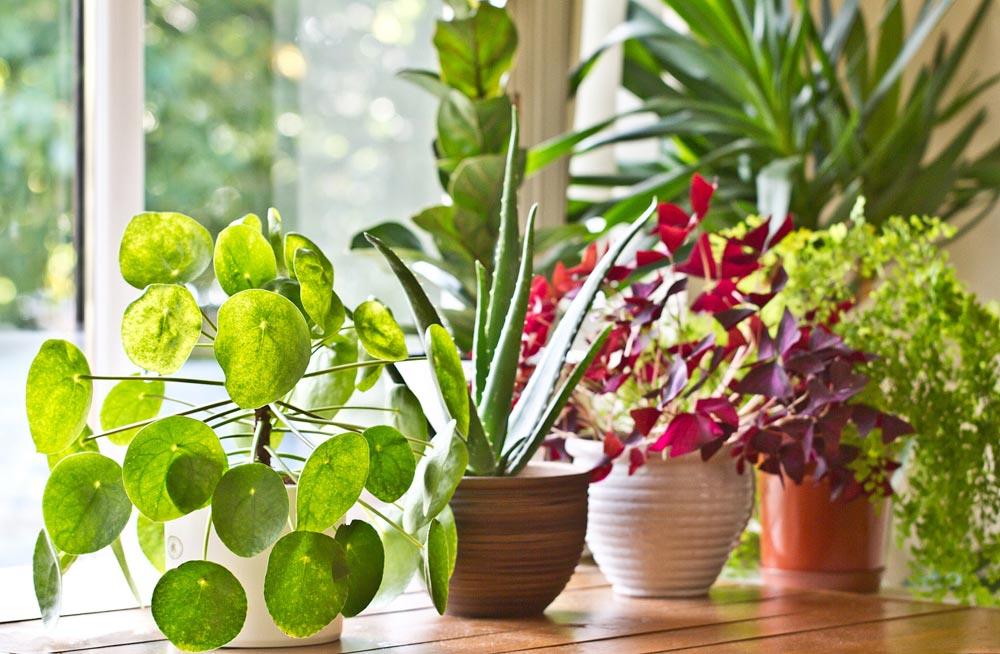
History: Selected by Gu Xiangxiao of Suzhou in the late Qing Dynasty.
Characteristics: five-petaled petals, three-petaled petals with large heads and narrow roots, flat shoulders, silk moth holders, large wishful tongues, green flower stems, and the color is like a green plum fruit. Therefore it is named after this. The bract leaves are dark red. The old leaves are semi-hanging, shiny, slightly blunt at the tip, deep in veins, thick in texture, and low in base. It is one of the more widely spread varieties of Chunlan. Healthy flowers.
9.Ruimei
Petal type: plum petal
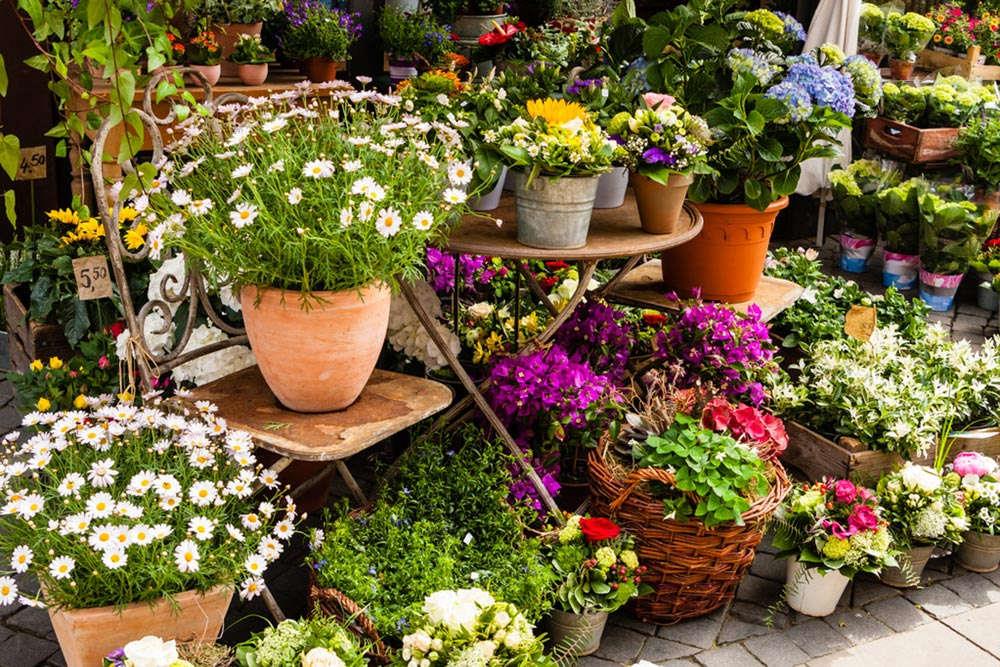
History: Selected by Suzhou Xie Ruishan before the Anti-Japanese War.
Characteristics: Five tightly rounded petals, three petals with sharp tips, divided nests, flat shoulders, bangs and tongue, regular flower appearance, and long flowering period. The old leaves are arched, the bracts are light purple with green, the leaves are dark green, the leaf tips are slightly sharp, the veins are shallow, and the leg shells are high. It reproduces quickly and has strong flowering properties. It is one of the more widely spread varieties of spring orchids.
10.Liangximei
Petal type: plum petal

History: In the early Republic of China, it was originally selected by Suzhou. It was not named at that time. Later, it was purchased by Yang Qianqing of Wuxi and named after the ancient place name of Wuxi.
Characteristics: Three-petaled stems, rounded head, slightly notched central part of the petal tip, flat shoulders, large silk moth holding a bag, round tongue, long flower stem, green color. The old leaves are sickle-shaped, with shallow veins, thin leaves, and low leg shells. The bracts are light red.
11.Song Mei
Petal type: plum petal
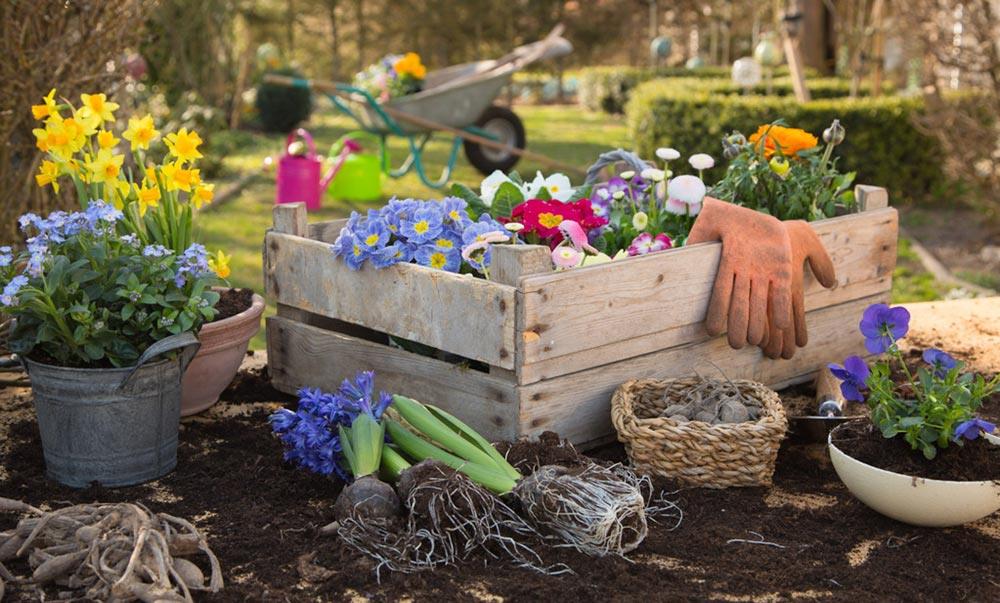
History: During the Qianlong period of the Qing Dynasty, it was selected by the Song Jinxuan family in Zhejiang, so it was named Song Jinxuan Mei.
Characteristics: When the flower blooms in the shape of plum petals, the three petals are particularly tight and round, with silk-like moths and bangs and tongues;Sometimes they can also bloom with lotus-shaped narcissus petals or plum-shaped narcissus petals;For example, when the orchid is strong, it may occasionally have parallel-pedunculated flowers. The old leaves are mostly arch-shaped, the bracts are light red, the leaves are dark green, the leaves are wide, and the leaf tips are blunt. It is an outstanding species of Chunlan with plum-petal type, and is listed as the first among the four famous species of Chunlan.
12.The No. 1 Plum Blossom in Yuyao
Petal type: plum blossom
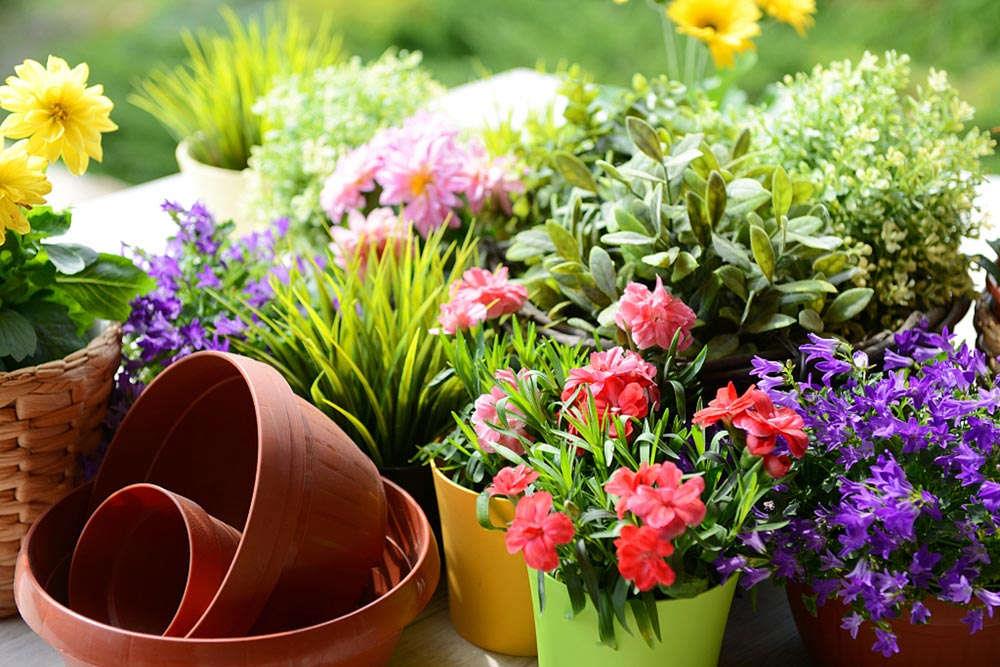
History: Selected by Xuling of Yuyao during the Daoguang period of the Qing Dynasty. Also known as the first circle.
Characteristics: Three petals are short and round, the petals are thick, and the five petals are divided into nests. Slightly dropped shoulders. Wishful tongue. Flower stems are thin. Flower color is not pure green. The old leaves are slightly sickle-shaped. The tips of the bract leaves are light red. The leaves are slightly thicker.
13.Xiaoshan Cai Mei
Petal type: plum petal

History: During the Qianlong period of the Qing Dynasty, the Cai family in Xiaoshan, Zhejiang Province was selected. Later, wars broke out and the seeds were cut off; Ningbo Yilan during the Xianfeng period Enthusiasts have chosen a plant similar to the leucophylla species and replaced it, but the outer three petals are slightly narrower than the older species and are hard to hold. Compared with the older species, the flower shape is poorer.
Characteristics: The outer three valves are tightly rimmed, the shoulders are flat, and the whole body is held together ( is bonded with the column and stamens, commonly known as three valves and one nose ) Mostly . Thin stems tall. The color is emerald green. When it is plum-shaped, the flower shape is slightly smaller and is called Cai Mei. If the plum-shaped narcissus blooms, it will have five more petals and a larger flower shape, so it is called Cai Mei Narcissus ; Because the lips are slightly white-green, it is also called Cai Meisu. The old leaves are slightly arcuate, the veins are slightly deeper, the legs are low, and the bracts are green. The flowers turn from strong to thin, with most daffodils blooming in the plum shape. After a lack of fertilizer, the orchids often bloom in the plum shape when they are thin. For example, good flowers bloom behind the strong orchid.
14.Yumei
Petal type: plum petal

History: Selected in Shaoxing during the Kangxi period of the Qing Dynasty.
Characteristics: The five petals are short and round, with flat shoulders, flat sides and short cup, white tongue, close to the base of the lip and the edges of the cheeks, and occasionally have a slight pink halo. Flower stems are shorter. Early flowering.
15.Qinmei
Petal type: plum petal
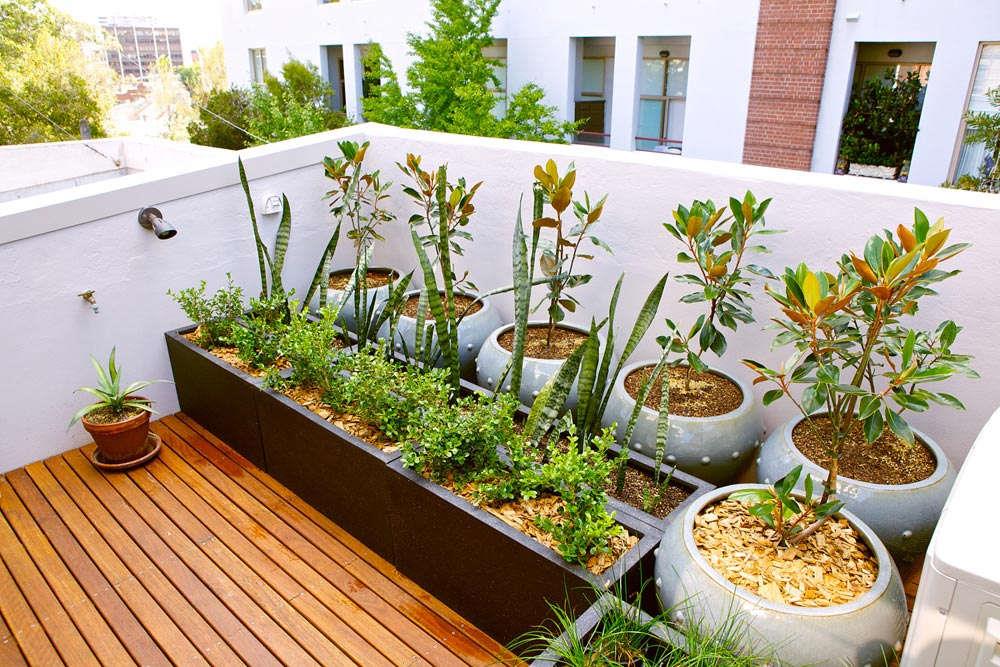
History: Selected by Jiashan, Zhejiang during the Jiaqing period of the Qing Dynasty.
Characteristics: Five short round petals, tight edges, divided nests, hard to hold, wishful tongue, thin flower stems, flat shoulders. The old leaves are sickle-shaped, with blunt tips, and the bracts are light red.
16.The first plum in Yuanhu Lake
Petal type: plum petal
History: Selected during the Tongzhi period of the Qing Dynasty, also known as Wanzi.
Characteristics: Three long, rounded petals, tight edges, flat shoulders, thick flesh, waxy texture, emerald green, small reddish dots on the heads of the holding petals, small wishful tongues, arched old leaves, bracts The leaves are dark green, with deep veins and low legs.
17.Little plum blossom
Petal type: plum blossom
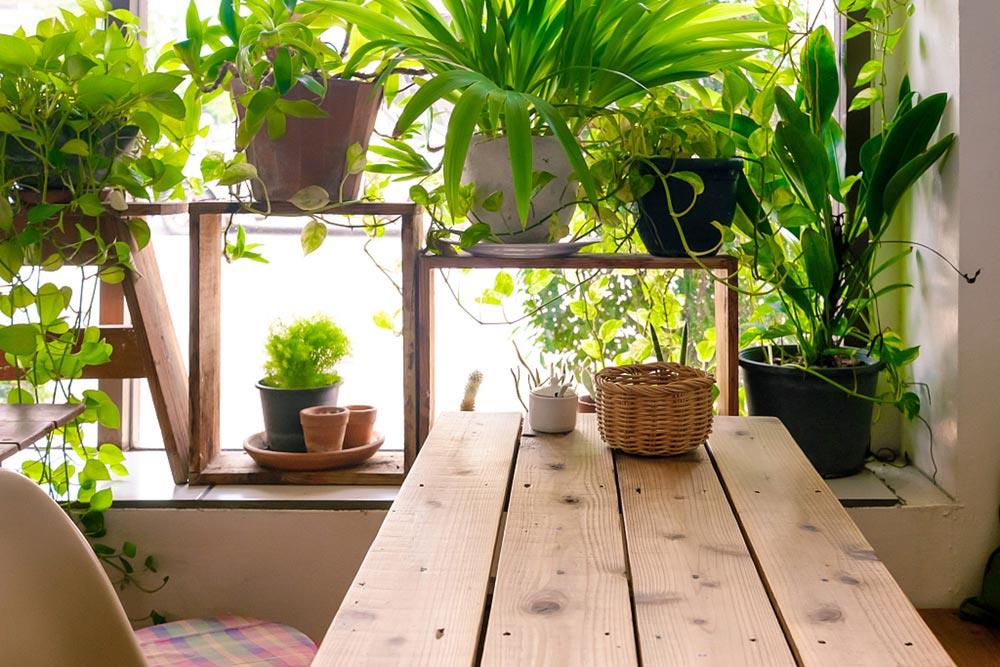
History: During the Daoguang period of the Qing Dynasty, they were selected from Suzhou flower cellars. There were fights due to mutual competition, so they were named after them.
Features: short petals, rounded heads and flat shoulders, tight edges and semi-hard sides, rounded tongues, and slender stems. The old leaves are slightly sickle-shaped and the bracts are dark red.
18.Daimei
Petal type: plum petal
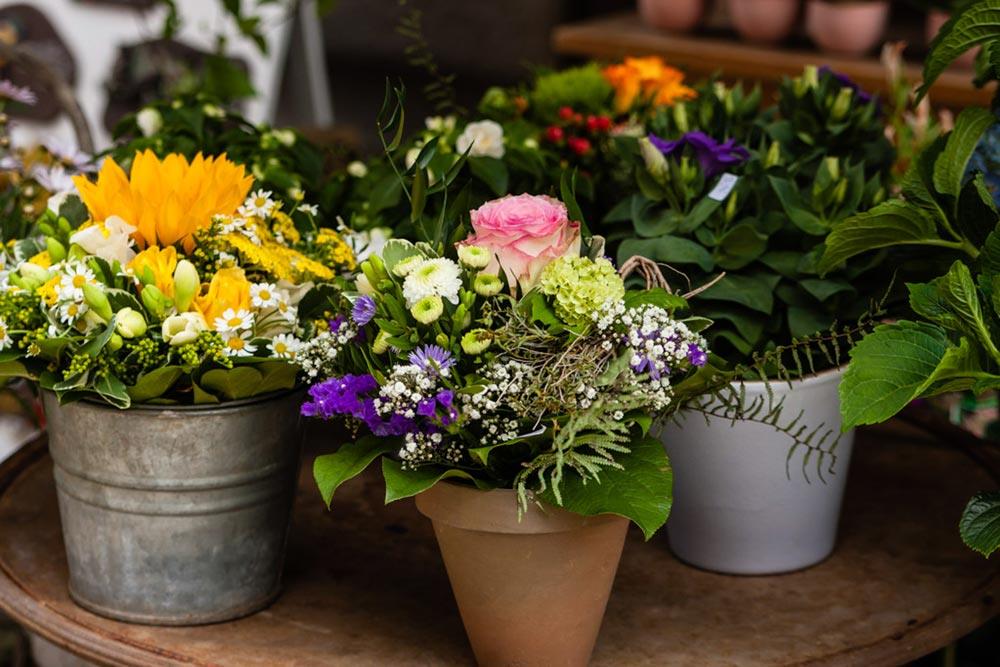
History: During the Daoguang period of the Qing Dynasty, Ningbo flower sellers were selected.
Characteristics: three round and long petals, semi-hard cup, small wishful tongue. It often blooms with two flowers on one stem ( one above the other ). After lack of fertilizer, it occasionally blooms with one flower on one stem. The old leaves are arcuate, with blunt tips, shallow veins, and thick leaves. Bract leaves are reddish purple.
19.吉字
Petal type: plum petal
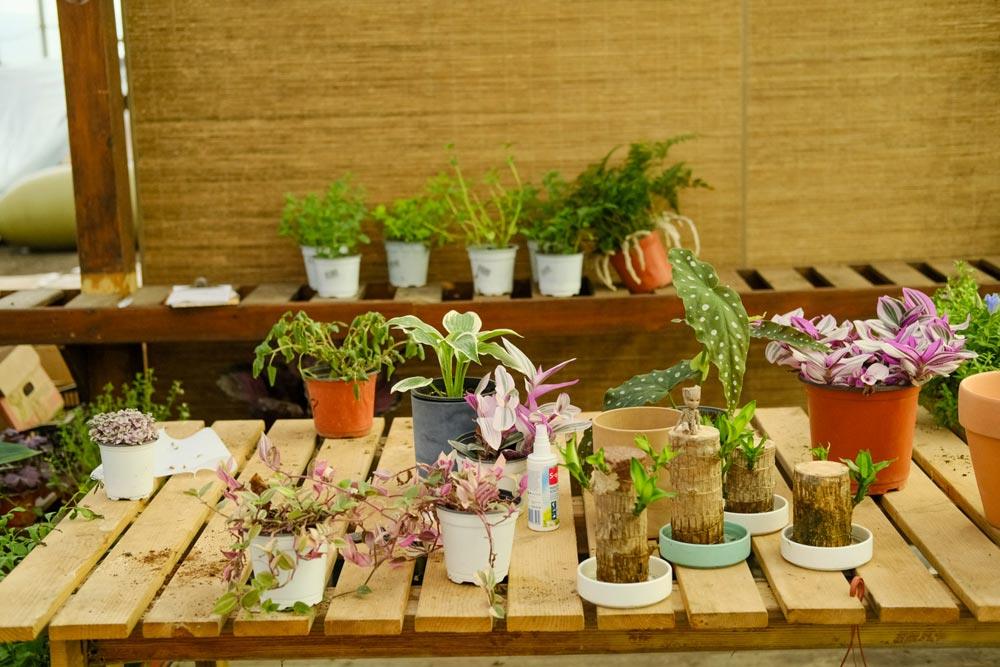
History: Sheng Aguan of Suzhou was discovered in Tianmu Mountain of Zhejiang in the Jiashen year of Guangxu in the Qing Dynasty.
Characteristics: Three petals with short rounded roots, flat shoulders, tight, divided burrows and semi-hard cup, round tongue. The flower stem is slender, with a water-red shell and a green tip. The old leaves are semi-drooping and thicker in texture.
20.Yongfengmei
Petal type: plum petal

History: Selected by flower vendors before the Anti-Japanese War.
Characteristics: Three tightly rounded petals, short legs, close roots, wishful tongue, semi-hard pocket, high stems. The old leaves are oblique and drooping, with sharp tips.
- END -
Cultivation methods and precautions of Melaleuca melaleuca

Melaleuca melaleuca is deeply loved by people. In addition to its beautiful tree s...
The difference between dragon spit beads and red calyx dragon spit beads
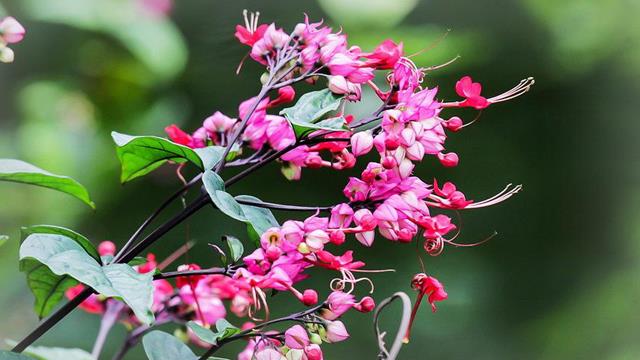
Leaf differences: The leaves of Longtuzhu are papery and narrowly oval or oval-obl...